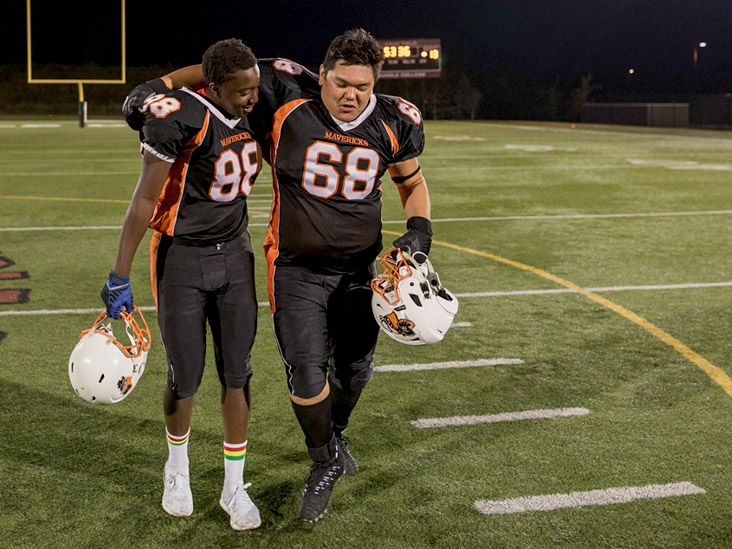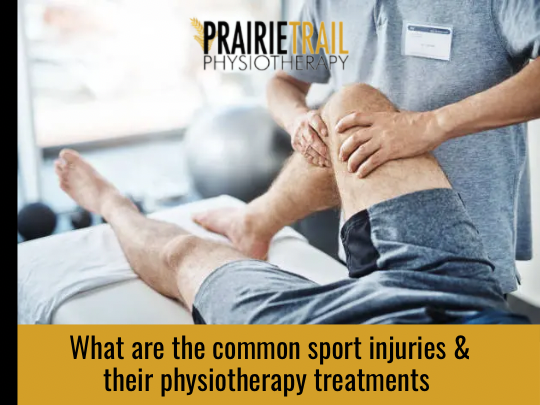
Professional sports, characterized by high-intensity physical exertion and risk of injury, frequently lead to various types of injuries. Understanding these common injuries and their treatment methods is essential for athletes, coaches, and sports enthusiasts alike.
Types of Common Sports Injuries
Sprains and Strains
:max_bytes(150000):strip_icc()/GettyImages-1012118058-0d5b34c8d59a4cf2b7c9bfc7cc3259e7.jpg)
One of the most common injuries across all sports is sprains, which involve the stretching or tearing of ligaments, and strains, which affect muscles or tendons. For instance, ankle sprains are prevalent and occur when the ligaments supporting the ankle stretch or tear, often due to rolling the foot in an unnatural direction[4]. Hamstring strains frequently happen in sports requiring explosive starts or sudden stops, and are particularly common in sports like soccer and basketball[6].
Soft Tissue Injuries
Injuries to soft tissue, including tears in muscles, tendons, or ligaments, are frequently encountered. Knee injuries such as meniscal tears and anterior cruciate ligament (ACL) tears are common in sports that involve a lot of pivoting and sudden directional changes like football and basketball[5]. Tendinitis, such as Achilles tendinitis and patellar tendinitis, arises from repetitive strain on tendons and is prevalent among runners and jumpers[2][4].
Head Injuries
Concussions are significant concerns in contact sports, resulting from impacts to the head that can lead to cognitive impairment. The symptoms may range from confusion and headache to dizziness and memory issues[1][6]. Immediate medical evaluation is critical following any head trauma to prevent serious long-term effects.
Fractures and Dislocations
Fractures, or broken bones, can occur from sudden impacts or falls and are particularly common in contact sports[4]. Dislocations happen when bones in a joint are forced out of position, commonly seen in shoulders and fingers during high-contact situations. The treatment for both fractures and dislocations often requires immobilization and sometimes surgical intervention[2][5][4].
Overuse Injuries
Chronic injuries develop over time due to repetitive stress on specific body parts. Conditions such as shin splints, stress fractures, and carpal tunnel syndrome fall into this category and are often seen in athletes who engage in high-impact activities without proper recovery[2][6].
Treatment Options for Sports Injuries
Initial Management: R.I.C.E. Protocol
The initial treatment for most acute injuries generally follows the R.I.C.E. method—Rest, Ice, Compression, and Elevation. This approach helps minimize swelling and pain immediately after the injury occurs[4][6]. Resting the injured area, applying ice to reduce inflammation, using compression bandages to support the area, and elevating the injured limb are fundamental steps in managing acute injuries effectively.
Medical Evaluation

If symptoms persist or worsen despite initial treatment, seeking medical attention is crucial. Health care providers will evaluate the injury, often requiring diagnostic imaging (X-rays, MRI) to determine the extent of the injury and to rule out fractures or further soft tissue damage[2][4][6].
Rehabilitation

Physical therapy plays a vital role in recovery from most sports injuries. A structured rehabilitation program involving strength training, flexibility exercises, and gradual return to activity is essential to prevent recurrence[4][5]. For instance, athletes recovering from ACL injuries will undergo specific exercises aimed at rebuilding strength and stability in the knee joint[6].
Surgical Intervention
Some injuries, especially severe ligament tears or fractures, may require surgical repair. Decisions regarding surgery depend on the location and severity of the injury and the athlete's level of competition[5]. A specialist can provide options based on the athlete's individual circumstances.
Prevention Strategies

To minimize the risk of injuries, athletes are encouraged to engage in proper warm-up and cool-down routines, strength training, and agility drills. Wearing appropriate athletic gear and ensuring that equipment fits correctly also reduce the likelihood of injuries[4][5]. Additionally, athletes should listen to their bodies and allow adequate recovery time post-injury to avoid overuse issues[6].
Conclusion
Sports injuries are a common part of athletic endeavors, impacting participants at all levels. Understanding the types of injuries, their symptoms, and treatments can help in effectively handling incidents and ensuring a safe return to play. Maintaining proper training routines and preventive measures is essential for minimizing the occurrence of injuries during sports activities.
Get more accurate answers with Super Pandi, upload files, personalized discovery feed, save searches and contribute to the PandiPedia.
Let's look at alternatives:
- Modify the query.
- Start a new thread.
- Remove sources (if manually added).